Managers at California’s Pacific Southwest Airlines or PSA had a problem. Traffic on their route between Los Angeles and San Francisco was growing rapidly and at peak times ground congestion was hurting the schedule. The solution? The PSA Lockheed L-1011 TriStar purchase.
While operating a large widebody aircraft on such a short route might seem crazy today, at the time it seemed to be a sensible solution. With seating for 281 passengers on the main deck, the extra capacity would be useful to serve the demand.
A Lounge Instead Of Cargo
With the route being so short, the TriStar’s underfloor cargo carrying capacity wasn’t entirely needed. Both the forward cargo compartment and the underfloor galley were replaced by a 16 seat lounge and a carry-on baggage storage area.
Inside The PSA Lockheed TriStar Lounge
Since the lounge on the PSA Lockheed TriStar was situated where cargo would usually be, there were no windows for passengers to see out. Instead, they could look at each other and the trendy early 1970s decor!
PSA’s Short Service History
The first aircraft entered service on 1 August 1974, with the second following on 18 October the same year. In the period between order and delivery, fuel had increased markedly from 9-11c per gallon to 33c per gallon, plus there was a drop in traffic in California by 10%.
Overall Thoughts
What would have happened had the 1973 oil crisis never happened? We may have seen Concorde delivered to other airlines for one, and perhaps the PSA Lockheed TriStar would have had a longer life as well. Who knows!
The PSA slogan at the time, “Catch Our Smile”, is why all their aircraft were painted with a smile under the cockpit windows. The planes were referred to as “Grinningbirds” and the L-1011 was, perhaps inevitably, “Mother Grinningbird”. PSA itself was eventually taken over by USAir in 1988.
Did you ever get a chance to experience the PSA Lockheed TriStar lounge? Do you remember anything about it? Thank you for reading and if you have any comments or questions, please leave them below.
To never miss a post, follow me on Facebook, Twitter and Instagram.
All my flight and lounge reviews are indexed here so check them out!
Featured image by Donald Von Raesfeld on Flickr.
Lounge images via “Smiling Widebodies: PSA’s Tristar Gamble” on Yesterday’s Airlines.
Airstairs opening picture via Pinterest.
L-1011 with stairs via Pinterest.
Head on smile by Piergiuliano Chesi via Wikimedia Commons.
Thanks also to Jon Proctor’s article “PSA’s TriStars”.

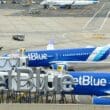


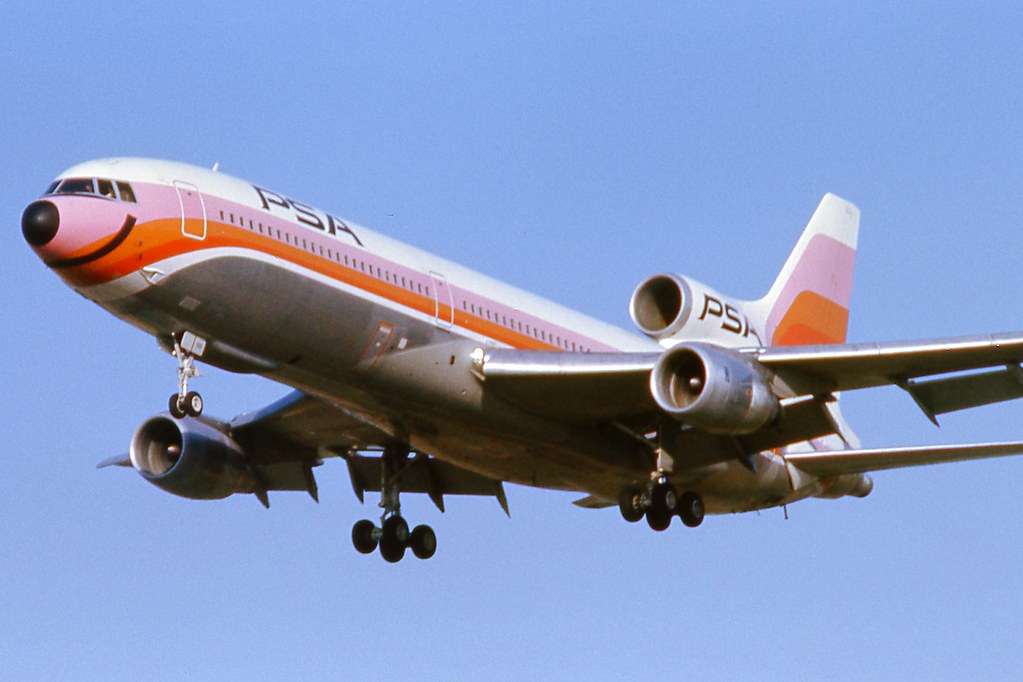
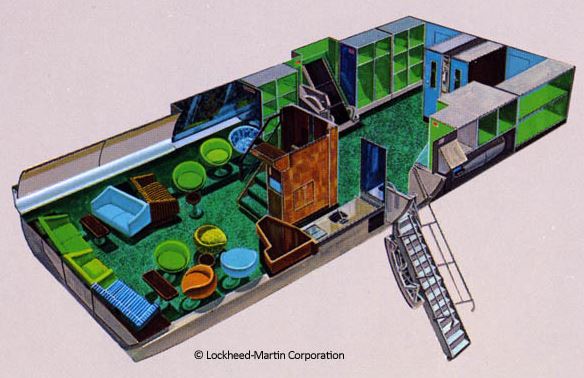
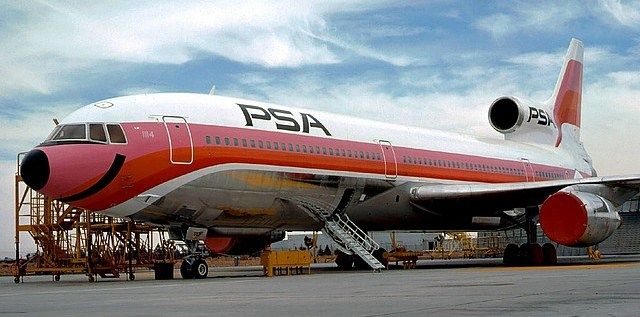
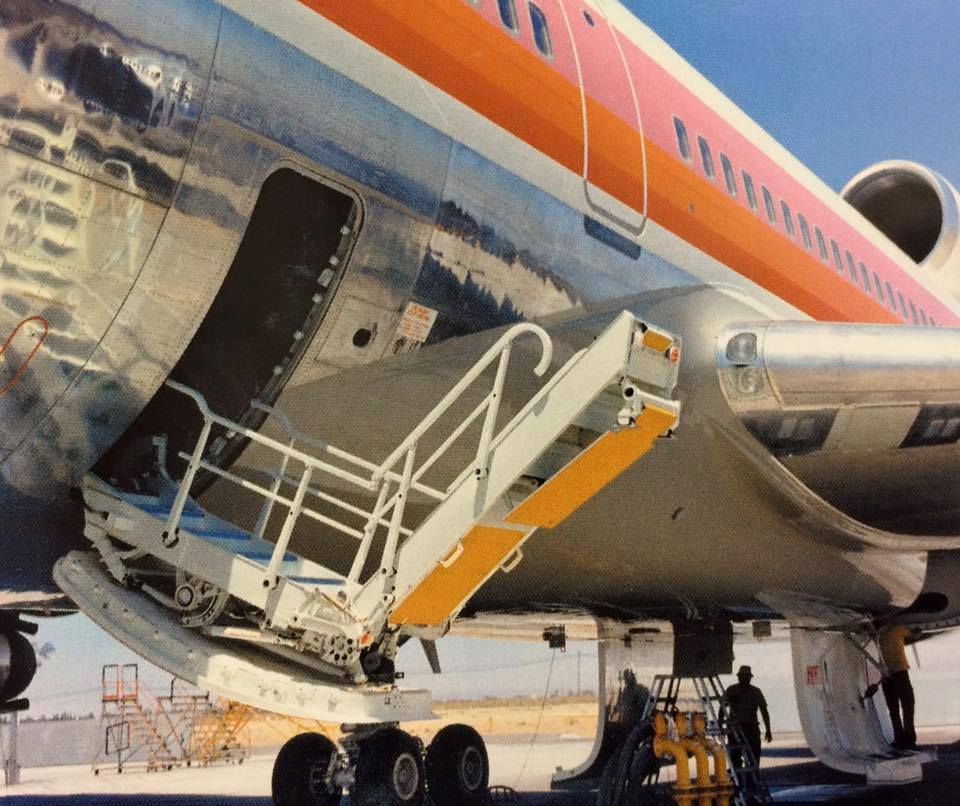
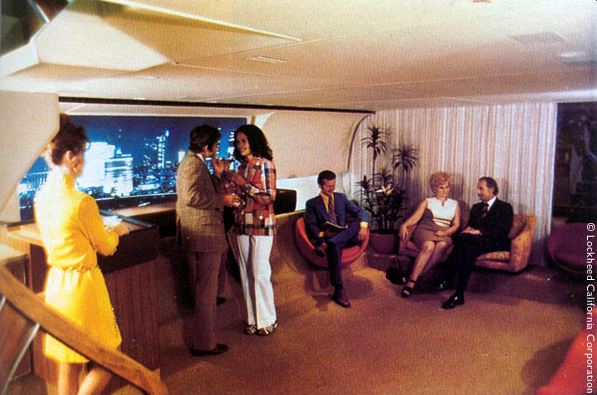


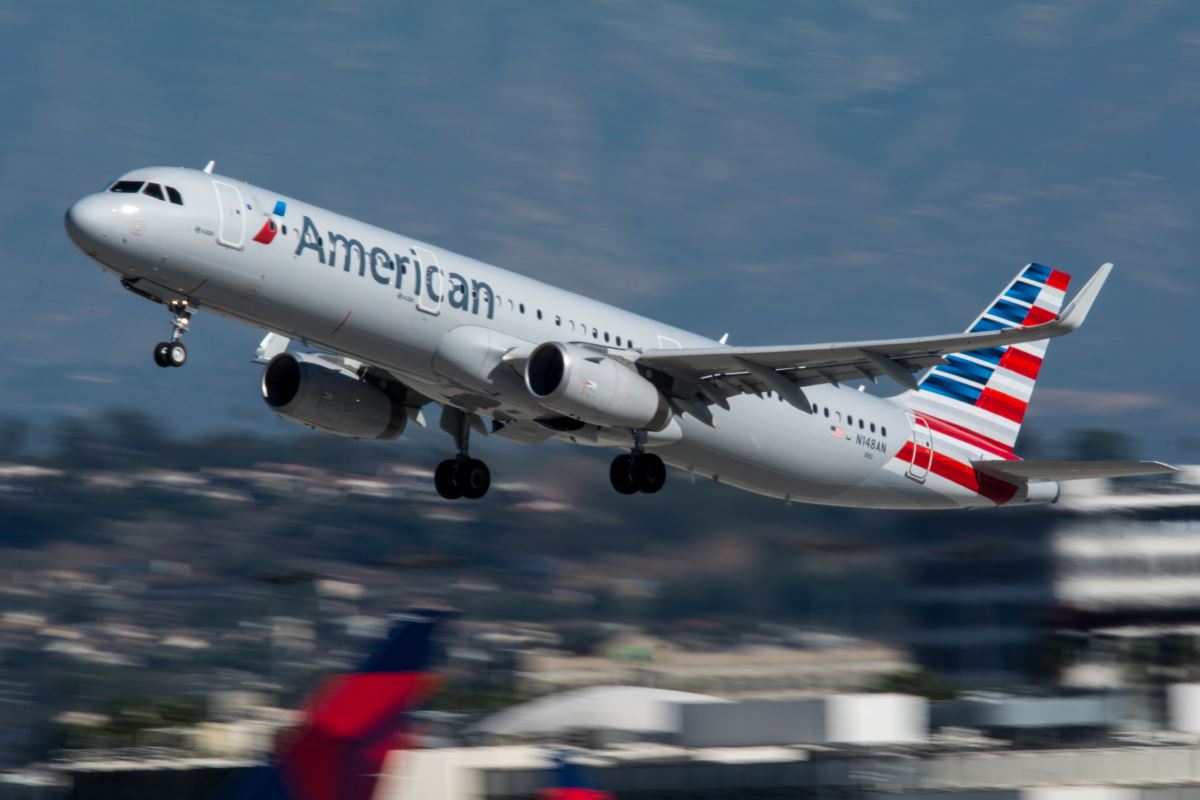


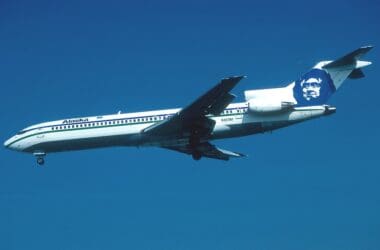
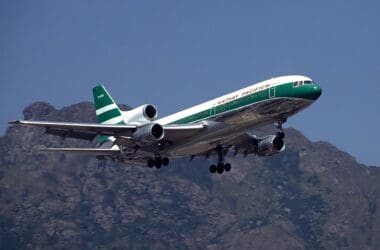
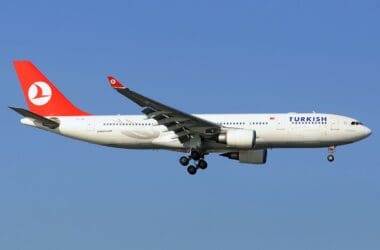
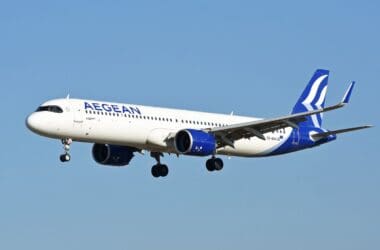

Wow, I had no idea. What a great post.
Thank you very much!
It would be interesting to know how lounge access was achieved. First come first served? PSA never had First Class or Business Class. Most of their routes at the time were around 60-90 minutes, gate to gate, though I assume the TriStars were relegated to the LAX-SFO route exclusively. It seemed like a cool idea at the time, but maybe PSA was the wrong airline to offer that. Sweet concept though.
That’s a really good point, you know. Perhaps everyone had access to go down there and get a drink, or maybe it was a supplement. Perhaps someone reading this will be able to shed some light on the matter. I know if I was flying on it, I’d be heading straight for the lounge to check it out as soon as the seatbelt sign was off. They flew from San Diego each morning to LAX or SFO, then did rotations between those two cities, then went back to San Diego for the night. Definitely a great concept, but PSA took a huge loss on doing this, so not the best idea in the world in hindsight! Thanks for the comment.
I wonder if it got ANY use on the SAN-LAX segment? Seems like a great place for crews to deadhead, if they were allowed down there during take-offs/landings. So many questions! Maybe take this topic over to airliners.net? A few old PSA/San Diego people over there who might have some answers.
I’m certain there’ll be someone on there who will know. There usually is 🙂
The lounge was for staff only and plenty big enough for all.
Fuel prices aside, it was also really poorly suited to the SAN-LAX-SFO milkrun because their logic was that they could reduce frequency, which is exactly the opposite of what the business traveler wants and their resulting load factors were pretty low. Those California shuttle fights are better offered with a train-like timetable.
I believe they actually considered the number of seats in the lounge as part of their total seat count, as they had belts. Since PSA had open seating, some people just ended up finding that their open seat was down there. Actually not terribly dissimilar to the cafe car on Amtrak’s Pacific Surfliner and Capital Corridor service during heavy commute crushes. Since they were the only customer that took Lockheed up on the lounge, this actually made them all the harder to get rid of.
I completely agree with you. It’s very much one of those “what were they thinking?” type deals from my point of view. Though I am sure they ran the numbers pre-oil crisis and it worked for them. You’re also correct in that it made them very hard to sell on. Lockheed were in a decent enough position though as the contract was pretty iron clad. A shame it didn’t work out though, they looked great in PSA livery!